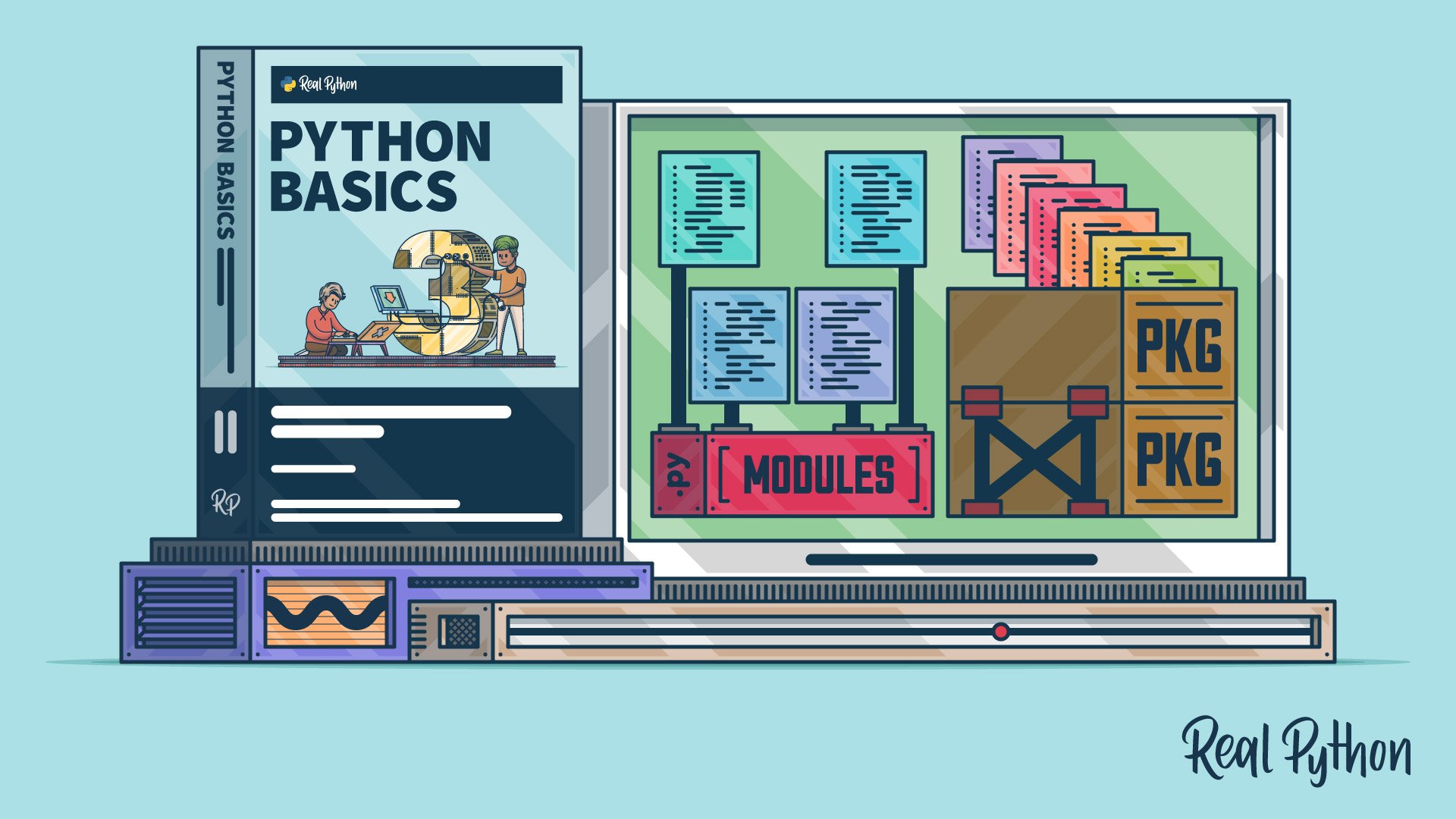OOP, or object-oriented programming, is a method of structuring a program by bundling related properties and behaviors into individual objects.
Conceptually, objects are like the components of a system. Think of a program as a factory assembly line of sorts. At each step of the assembly line, a system component processes some material, ultimately transforming raw material into a finished product.
An object contains both data, like the raw or preprocessed materials at each step on an assembly line, and behavior, like the action that each assembly line component performs.
In this video course, you’ll learn how to:
- Create a
class, which is like a blueprint for creating an object - Use classes to create new objects
- Instantiate classes with attributes and methods
This video course is part of the Python Basics series, which accompanies Python Basics: A Practical Introduction to Python 3. You can also check out the other Python Basics courses.
Note that you’ll be using IDLE to interact with Python throughout this course. If you’re just getting started, then you might want to check out Python Basics: Setting Up Python before diving into this course.
What’s Included:
- 16 Lessons
- Video Subtitles and Full Transcripts
- 2 Downloadable Resources
- Interactive Quiz to Check Your Progress
- Q&A With Python Experts: Ask a Question
- Certificate of Completion
Downloadable Resources:
Related Learning Paths:













